Para archery 101: Explaining the competition categories
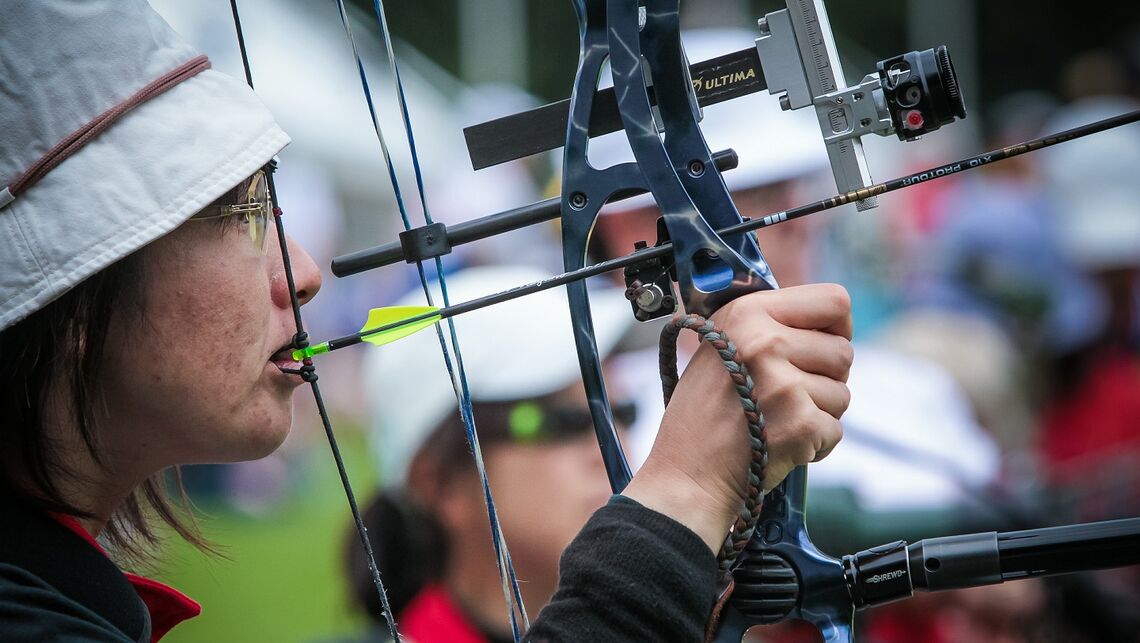
Since 1 April 2014, para archery has included three competition divisions: recurve open, compound open and W1 – which permits athletes to use modified-specification recurve and compound bows. In Donaueschingen, visually impaired archery also made a return to the World Archery Para Championships.
We wrote a piece on 2007 VI World Champion Steve Prowse and visually impaired archery earlier during the Donaueschingen competition week.
In simple terms, here’s what the classification categories mean…
Recurve Open
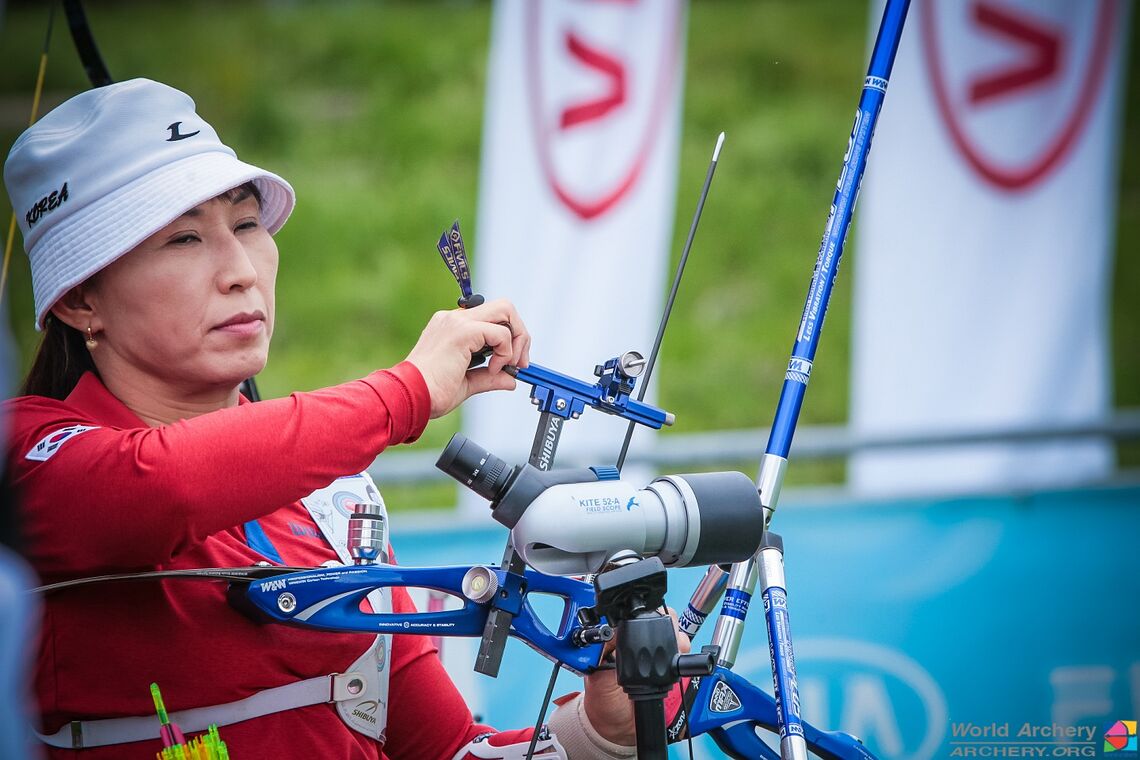
As a rule, recurve open athletes have impairment in either the top or bottom halves of their body. They compete from a wheelchair, stool or standing using a standard recurve bow, which conforms to World Archery rules.
The rules for recurve open competition are the same as recurve competition: Athletes shoot at a 122cm target, 70 metres away. Their ranking round consists of 72 arrows, and head-to-head matches are resolved using the set system.
Compound Open
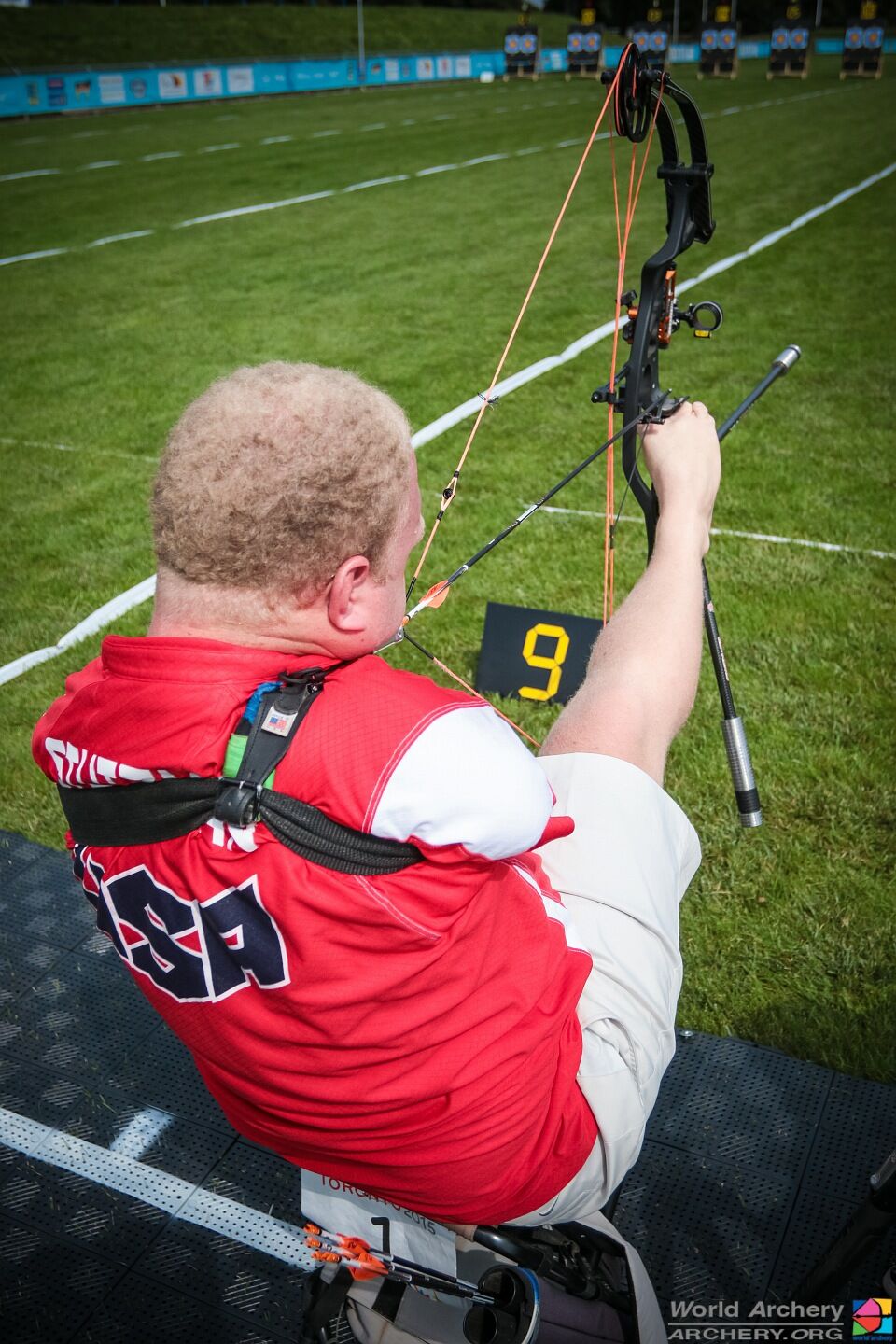
Like recurve open athletes, compound open athletes have impairment in either the top or bottom halves of their body, as a rule. They compete from a wheelchair, stool or standing using a standard compound bow, which conforms to World Archery rules.
Compound open competition, like compound events, feature an 80cm target at 50 metres (cut to the five ring, so only six scoring zones – 6-10 – are available). Qualification is decided over the 72-arrow ranking round, while head-to-head matches are resolved using the cumulative scoring, 15-arrow format.
W1
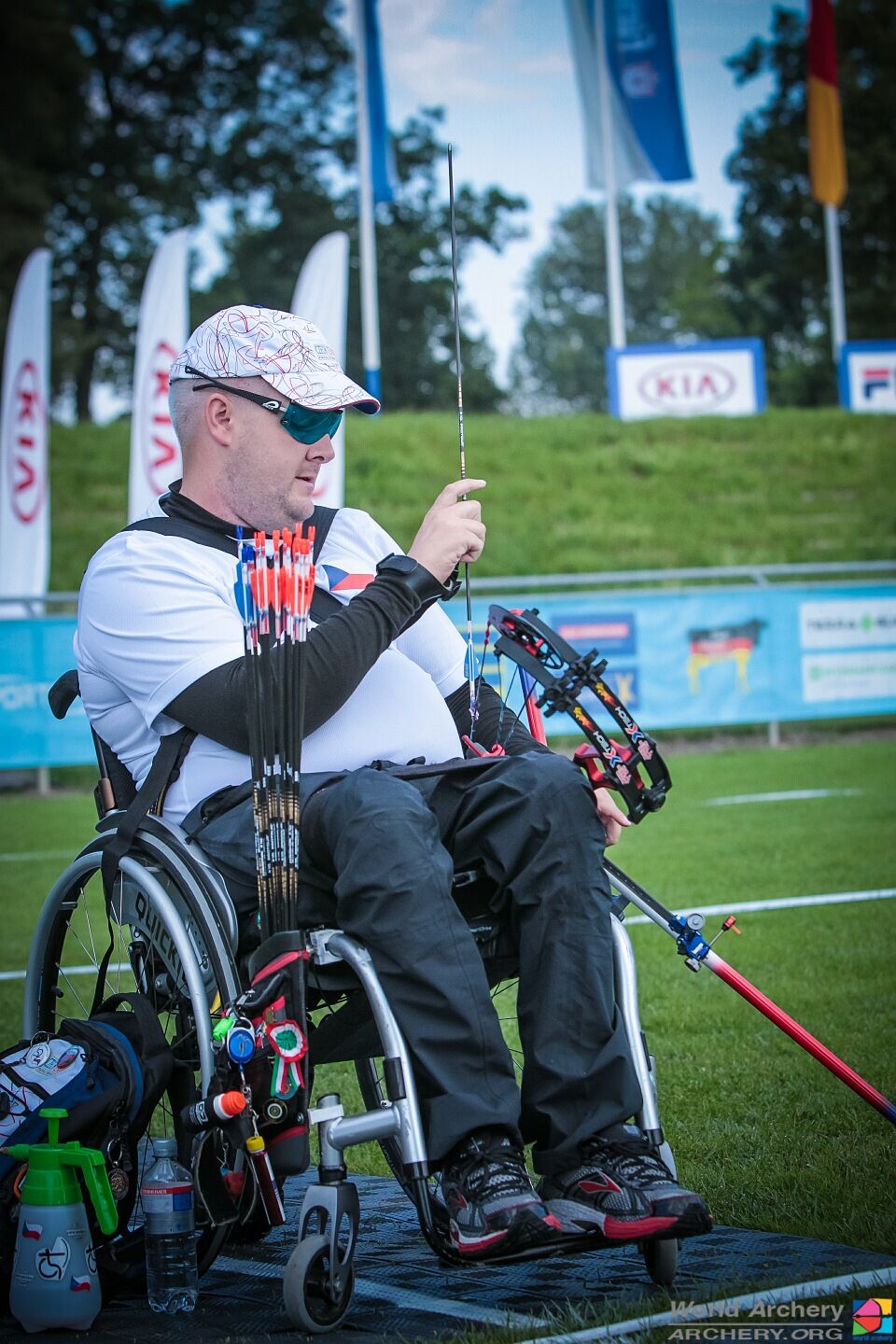
W1 athletes have impairment in both the top and bottom of their bodies, compete while seated in a wheelchair, and may shoot with either recurve or compound bows – with slightly modified rules.
Athletes using recurve bows may also use mechanical release aids, while all bows are limited to 45lb in peak draw weight and may not have peep sights, magnifying scopes or levelling bubbles.
The W1 category competes using compound rules and a full-size 80cm target face: 72-arrow ranking round at 50 metres, followed by cumulative score, 15-arrow head-to-head matches.
Visually impaired
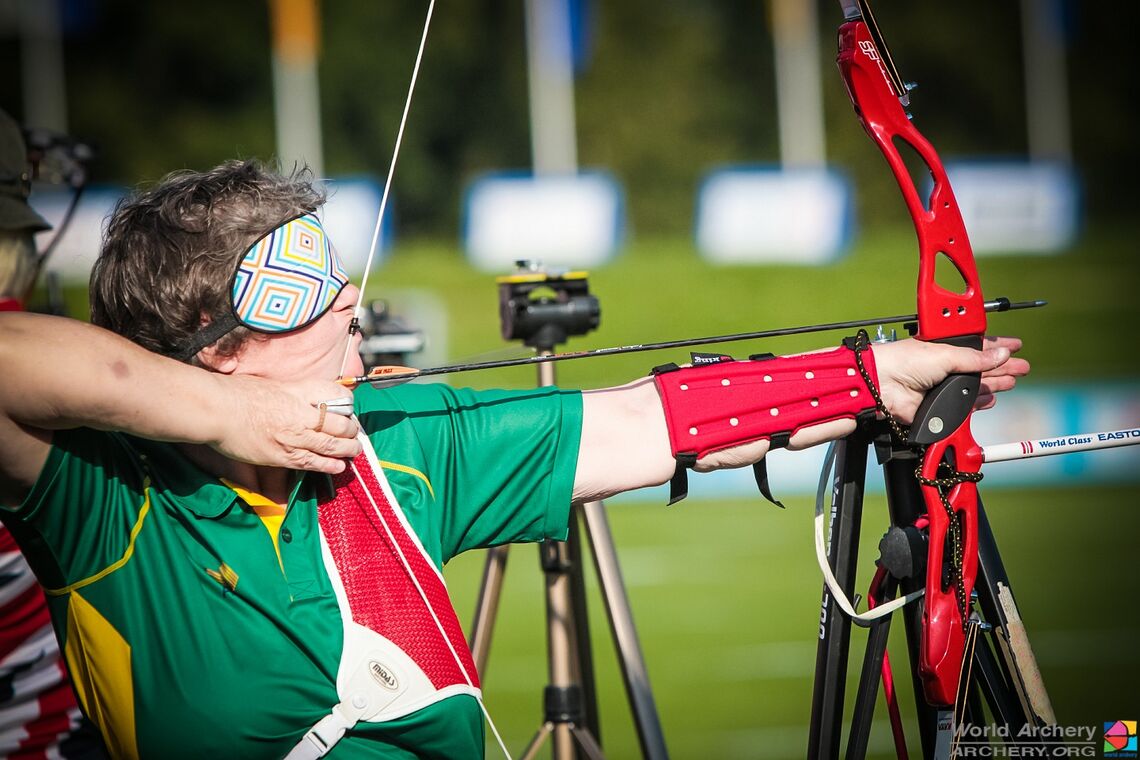
Visually impaired athletes are those with little to no vision. They are split into two categories: VI1 and VI2/3.
VI1 athletes must wear black-out glasses or blindfolds when competing, while both categories are permitted to use tactile sights on stands to aim. The sights must only contact the archer in one place on the back of the hand or forearm. Assistants spot arrows from one metre behind the shooting line.
The 80cm target used for visually impaired para archery competition is set 30 metres away – and their qualification round consists of the standard 72 arrows, followed by head-to-heads using the recurve set system, though also at 30 metres.
These explanations do not constitute rules nor in any way explicitly explain the classification procedure. Read more about para archery for detailed explanations.










